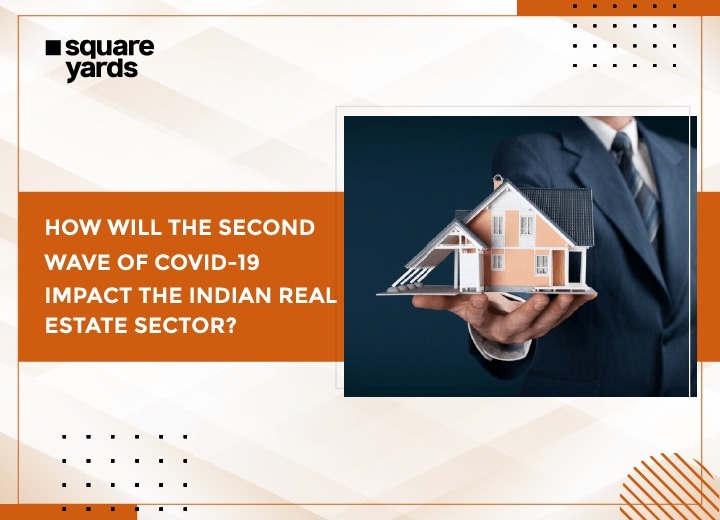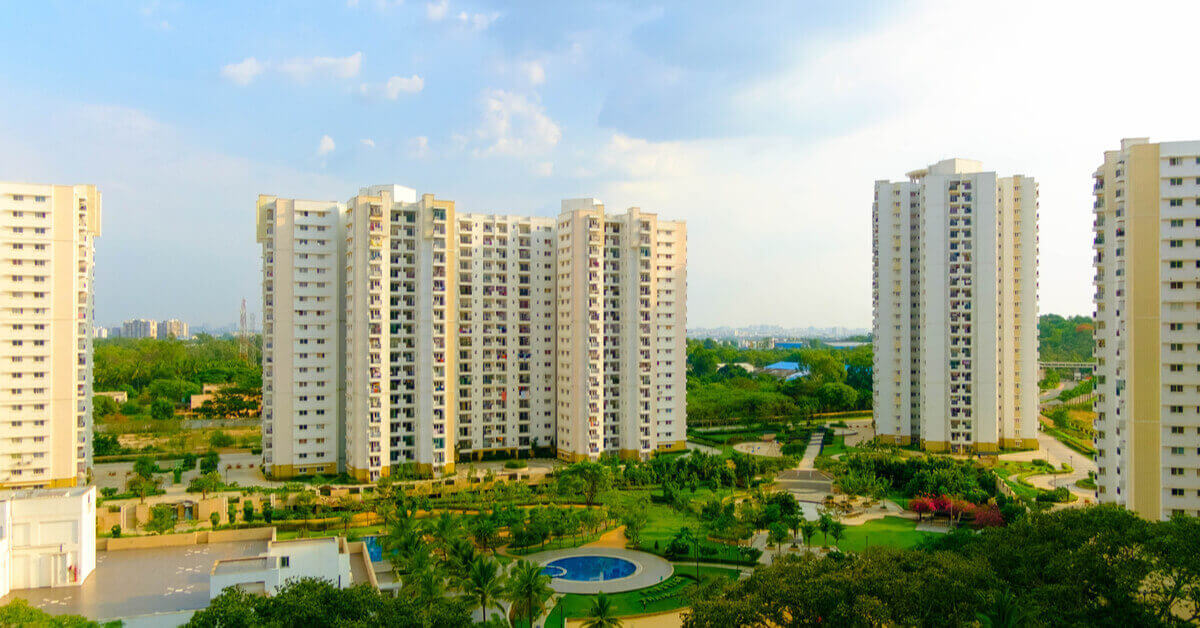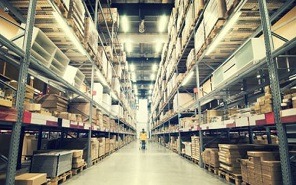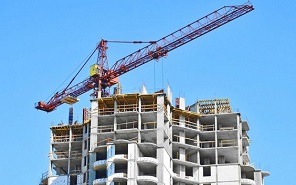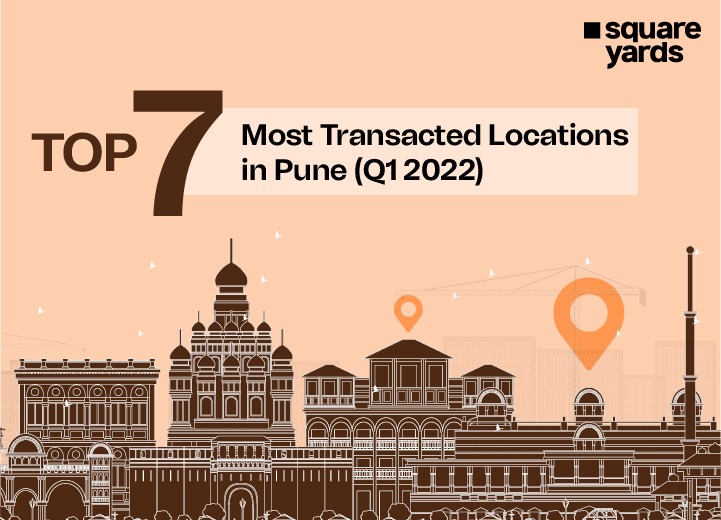The adage, “One man’s trash is another man’s treasure,” takes on a whole new meaning when it comes to plastic. This ubiquitous material, woven into everything from clothing to electronics, has become a double-edged sword. While its versatility revolutionised production, its sheer volume has led to a suffocating plastic pollution crisis, burdening planet Earth.
But what if we could rewrite this narrative? How do we take sustainability from a catchy slogan to a real-world revolution?
The answer lies in giving discarded plastic a second chance to be reborn. Imagine a world where plastic waste no longer overflows landfills or pollutes our oceans. Instead, visualise it as a valuable resource rather than garbage.
We can fight plastic pollution and transform the construction industry all at once, creating a brighter future!
This isn’t some distant utopia; it is happening right now. In Nairobi, Kenyan engineer Nzambi Matee is pioneering a movement that unlocks the hidden potential of plastic waste. And the wave of change keeps rolling—even India is making waves! Rhino Machines has unveiled the Silica Plastic Block, a sustainable brick made from recycled foundry waste and discarded plastic. This is where the three R’s of sustainability come into play: Reduce, Reuse, and Recycle.
Table of contents
The Concept of Plastic Bricks
One promising solution to the plastic waste crisis is the creation of bricks made from reclaimed plastic. These eco-friendly bricks are designed to replace conventional building materials, offering several advantages:
Waste Reduction: Utilising reclaimed plastic for brick production helps divert plastic waste from landfills and oceans, significantly reducing environmental pollution.
Sustainability: Plastic bricks are made from materials that would otherwise contribute to pollution, promoting a circular economy where waste is repurposed into valuable products.
Durability: Plastic bricks can be engineered to be strong and durable, making them suitable for various construction applications.
Cleaner Environment: Producing plastic bricks often requires less energy than traditional bricks, resulting in lower carbon emissions.
The Second Life of Plastic in Unexpected Places
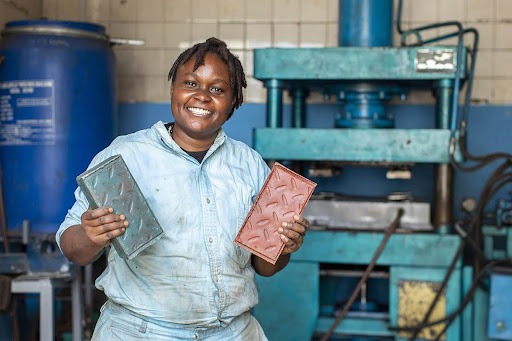
Source: worldarchitecture.org
Nzambi Matee, an engineer from Kenya, is leading a groundbreaking initiative in Nairobi that demonstrates the untapped potential of plastic waste. Her initiative, Gjenge Maker, is a start-up focusing on converting discarded plastic into affordable, highly durable, and environmentally friendly eco-bricks. Matee’s inspiration came from observing the vast quantities of plastic waste that littered her city’s landfills and public spaces. Nairobi, a rapidly growing African capital, produces around 500 tons of plastic waste daily, with less than 10% recycled.
To transform this waste into a valuable building material, Matee and her team developed a unique technique that combines crushed plastic with sand, creating a moldable mixture that hardens when exposed to heat. The resulting eco-bricks are lightweight and strong, with seven times the durability of traditional concrete bricks. They are also cheaper to produce, costing up to 15% less than conventional materials. The fibrous nature of the plastic ensures that there are no air pockets during production, giving the bricks superior compressive strength and durability. Through their innovative work, Matee and Gjenge Makers demonstrate the power of sustainable solutions to address pressing environmental and social challenges.
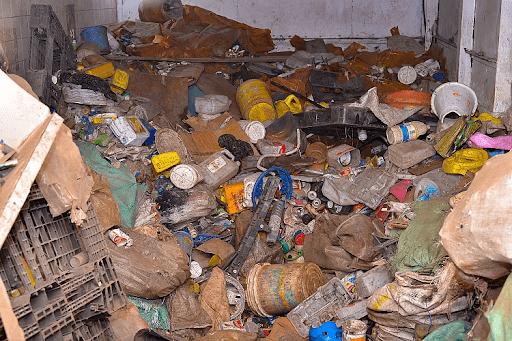
Source: euronews.com
The Netherlands has introduced an innovative solution through Precious Plastic, addressing two major challenges: plastic pollution and the need for affordable housing. Creating recycled bricks is a notable advancement, offering an eco-friendly and cost-effective building material. These bricks, produced using open-source recycling machines, incorporate 1.5 kg of plastic waste each and are designed for simple assembly and interlocking. This feature allows even novice builders to construct structures efficiently. The #OpenBrick initiative, showcased on Precious Plastic’s platform, provides a promising approach to combating plastic pollution, encouraging sustainable construction practices, and meeting global housing needs.
Rhino Machines Pioneering Sustainable Construction in India with Recycled Bricks
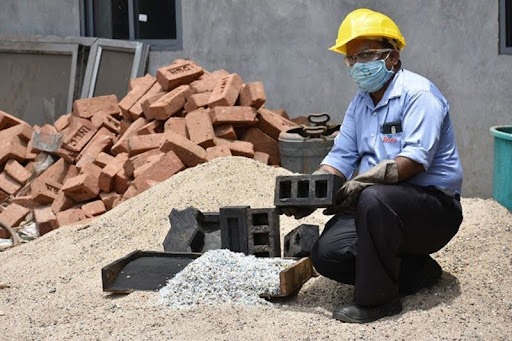
Source: greenubuntu.com
India’s casting and forging industry, responsible for 10% of global production, generates 4.3 million metric tons of waste annually, posing significant environmental risks. Additionally, mixed plastic waste from hospitals, industries, and individuals contributes to rapidly growing landfills, which are increasingly visible in major cities.
The ‘Silica-Plastic Block‘ plan aims to solve a problem by finding a solution. Its main objective is to achieve zero waste from the sand reclamation phase of the Rhino Machines Foundry Plant. They initially conducted trials to test if they could use foundry dust to make cement-bonded fly ash bricks (recycling 7-10% waste) and clay bricks (recycling 15% waste).
However, these tests required using natural resources like cement, fertile soil, and water. The amount of natural resources used was not proportional to the amount of recycled waste. The internal R&D team’s further investigations revealed a method to bond sand and foundry dust with plastic, eliminating the need for water during mixing and curing. The resulting ‘Silica-Plastic Blocks’ can be used immediately after cooling, are 2.5 times stronger than conventional red clay bricks, and incorporate 70 to 80% foundry dust, reducing natural resource usage by 80%.
After further tests and mould design improvements, the blocks were tested as paver blocks. Over 4 months, hospitals, communities, individuals, social groups, and local government organisations donated clean plastic. Six tons of plastic waste and 16 tons of foundry dust and sand were collected for recycling. Since SPBs are made from waste materials, their production cost is competitive with traditional red clay bricks or CMUs.
Rhino Machines is working on an all-inclusive plan to enable foundries nationwide to create and distribute SPBs within their own areas of influence as part of their Corporate Social Responsibility initiative. These SPBs can be used to construct various structures, such as walls, toilets, school premises, medical centres, pavements, driveways, and similar projects.
The Process of Making Plastic Bricks
Inspired by the revolutionary solutions championed by these individuals, let’s shift gears and explore how plastic bricks are actually made. Transforming reclaimed plastic into bricks involves several steps, each crucial for ensuring the final product is high-quality and environmentally friendly.
Collection and Sorting
The first step involves gathering plastic waste from households, businesses, and industrial facilities. This waste is sorted by type and quality, as different plastics have unique properties influencing the final product.
Cleaning and Shredding
Once sorted, the plastic waste is thoroughly cleaned to remove contaminants, such as dirt, labels, and other non-plastic materials. After cleaning, the plastic is shredded into small, uniform pieces. Shredding increases the surface area of the plastic, making it easier to process in subsequent steps.
Melting and Mixing
The shredded plastic is melted in a high-temperature furnace, where sand or other aggregates are added to improve the bricks’ strength.
Moulding and Cooling
The molten plastic mixture is poured into moulds shaped like traditional bricks, giving them their final shape and size. Once moulded, the bricks cool and solidify. Depending on the desired production speed and brick properties, cooling can be accelerated using water or air.
Quality Control
Once cooled, the plastic bricks undergo rigorous quality control tests to meet industry standards. These tests assess properties such as strength, durability, and resistance to environmental factors. Only bricks that pass these tests are deemed suitable for construction use.
Challenges and Future Prospects
While plastic bricks hold great promise, several challenges must be addressed to ensure widespread adoption.
Material Consistency
One of the primary challenges is ensuring the consistency and quality of reclaimed plastic used in brick production. Variations in plastic types and contamination levels can affect the final product’s properties, necessitating robust sorting and cleaning processes.
Public Perception
Public perception and acceptance of plastic bricks can hinder their adoption. Educating consumers, builders, and policymakers about the benefits and safety of plastic bricks is crucial for gaining widespread acceptance.
Regulatory Hurdles
Building codes and regulations in many regions are based on traditional construction materials, and updating these regulations to accommodate new materials like plastic bricks requires time and advocacy. Still, it is essential to facilitate their use in mainstream construction.
Conclusion
“From what we get, we can make a living; what we give, however, makes a life.” — Arthur Ashe.
As we lay each brick of our sustainable future, we must remember that every small action can lead to monumental change. Imagine a world where plastic waste is not a burden but a building block for a brighter future. This vision, once a fantasy, is inching closer to reality, thanks to pioneering minds like Nzambi Matee and innovative companies like Rhino Machines. Reclaimed plastic bricks are more than just an innovative building material-they represent a significant shift towards a more sustainable future. By diverting plastic waste from landfills into construction, we can lessen our environmental impact and create stronger, more durable structures.
The journey is not without its hurdles. Consistency, perception, and regulations all play a role. Yet, with continued research, education, and collaboration, we can pave the way for a more sustainable future, literally brick by brick.
Eventually, using recycled plastic in construction is not solely about building structures; it is about building a greener and better planet, one brick at a time.















